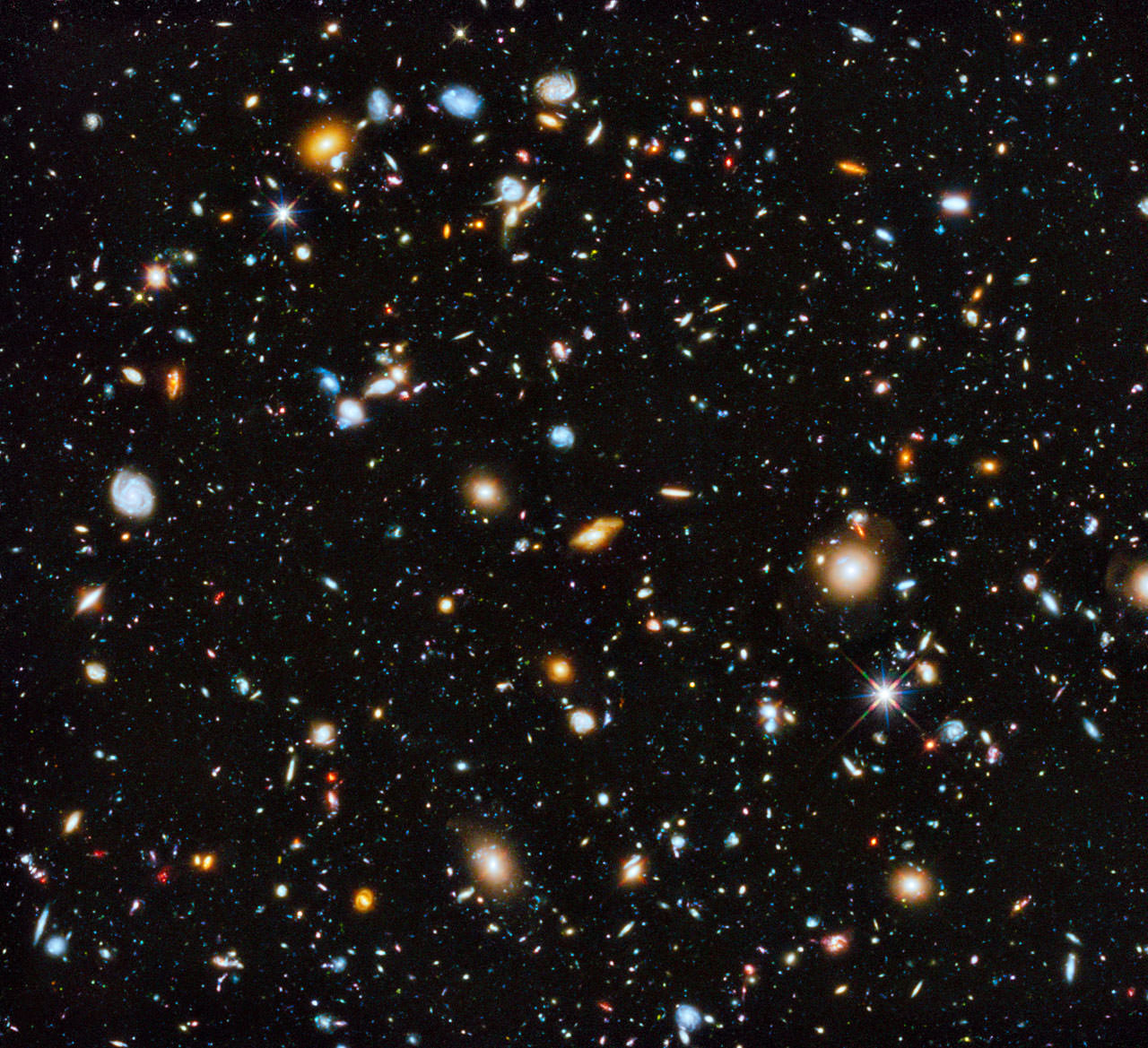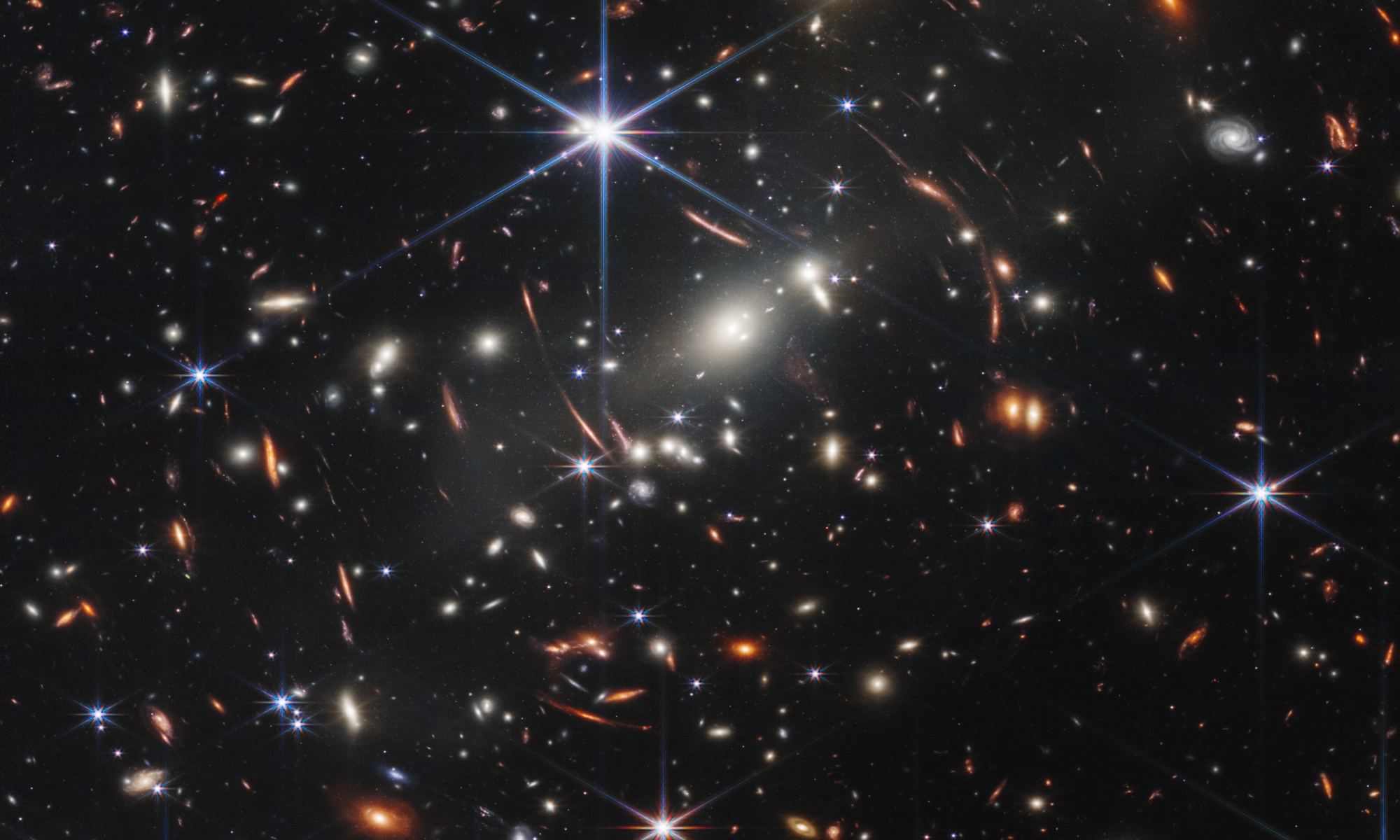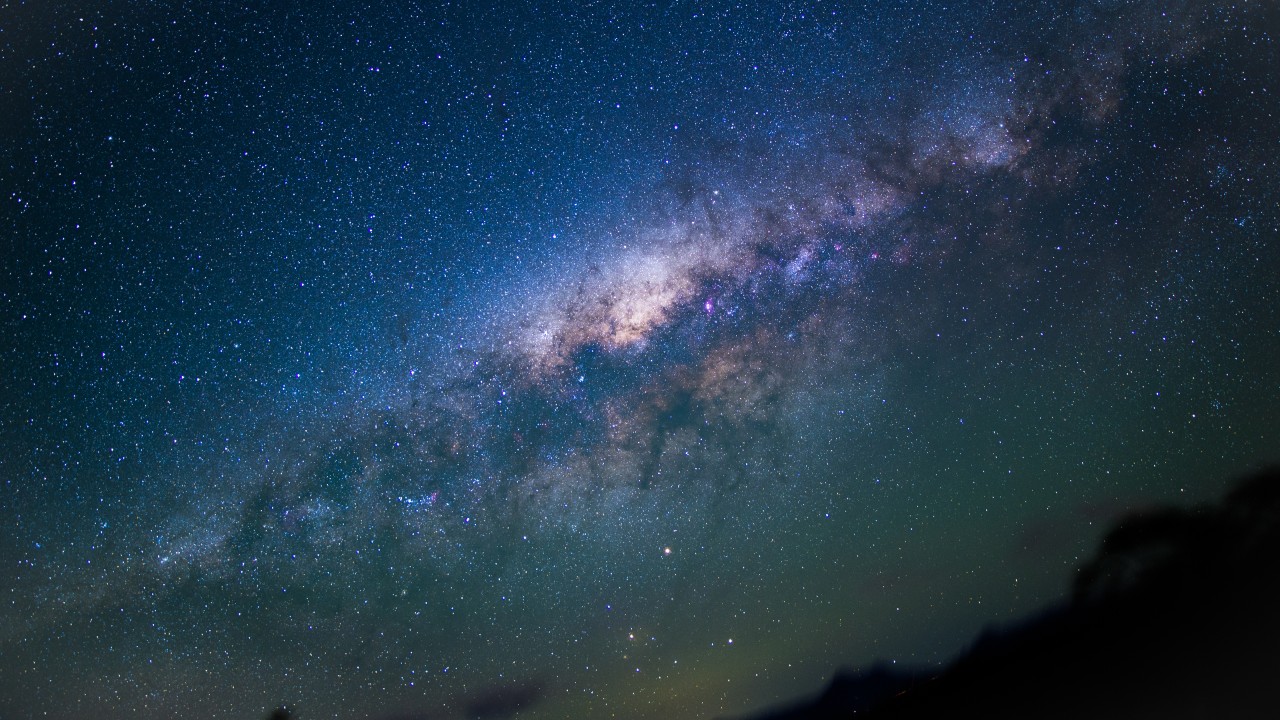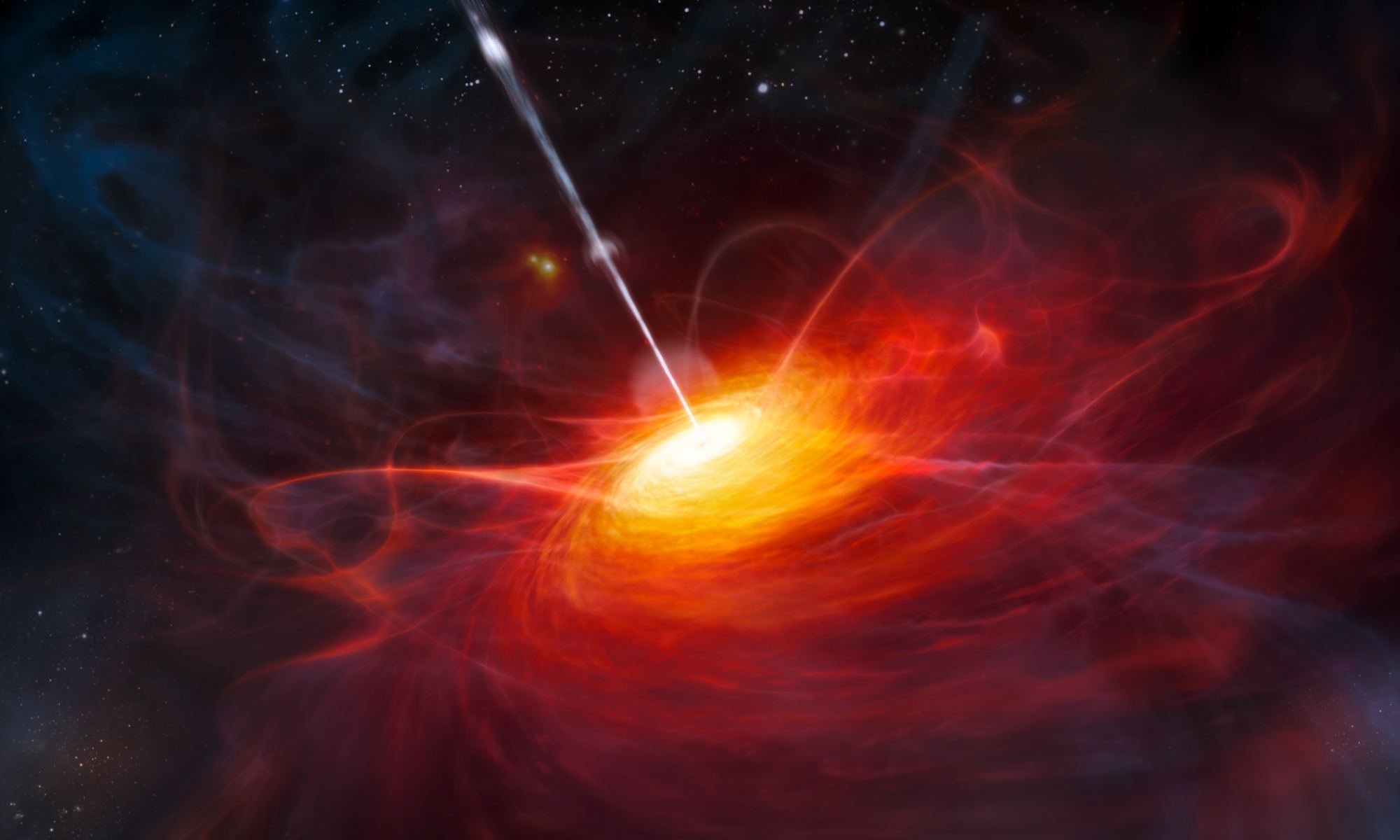The Hubble Deep Field and its successor, the Hubble Ultra-Deep Field, showed us how vast our Universe is and how it teems with galaxies of all shapes and sizes. They focused on tiny patches of the sky that appeared to be empty and revealed the presence of countless galaxies. Now, astronomers are using the Hubble Ultra-Deep Field and follow-up images to reveal the presence of a large number of supermassive black holes in the early Universe.
This is a shocking result because, according to theory, these massive objects shouldn’t have been so plentiful billions of years ago.
Continue reading “The Early Universe Had a Lot of Black Holes”









